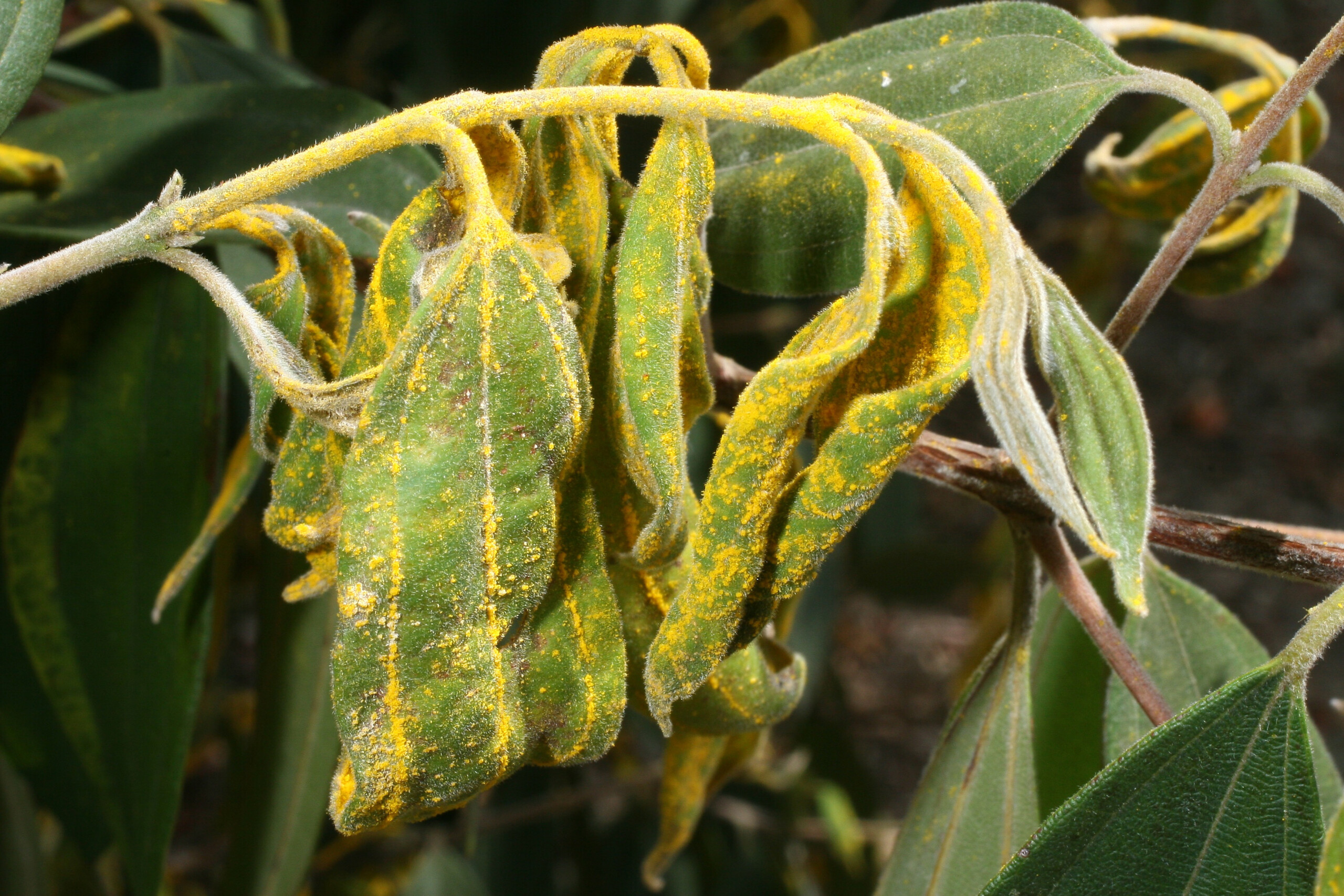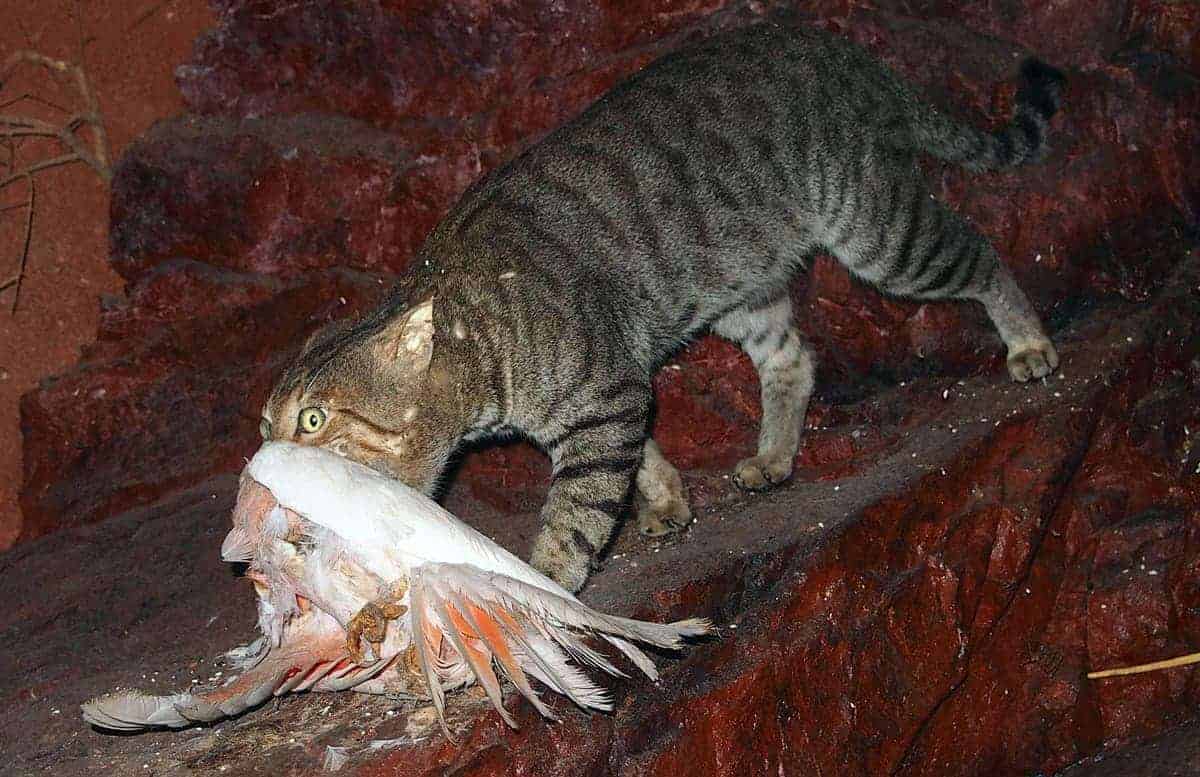In this submission we raise the question of whether Karenia mikimotoi – or the strain causing the algal
bloom in South Australia – is native or introduced. There appears to be no published evidence to support a
recent assumption that K. mikimotoi is native and that the bloom is ‘naturally occurring’.
Understanding whether K. mikimotoi is native or introduced is important for understanding the emergence
and nature of the blooming and has implications for biosecurity.
In the absence of evidence of nativeness, this harmful algal bloom species should be regarded as
‘cryptogenic’ – for the following reasons:
- Other countries: Since the 1960s, K. mikimotoi blooms have been recorded for the first time in
numerous countries, with several authorities attributing some of these to ballast water
introductions. K. mikimotoi is classified as introduced to northern Europe and China. - Evidence suggestive of recent arrivals: Sediment core analysis from China’s East China Sea shows K.
mikimotoi cysts first appeared only in the 1970s. A recent bloom in Alaska occurred after 2 years of
absence in phytoplankton samples. - Detections in ballast water: K. mikimotoi is able to form resting cysts and has been detected in the
ballast water of ships in Chinese and Russian ports. Ballast water is a confirmed major vector for
harmful algal bloom species globally. - Genetic evidence: A molecular study found isolates from Europe and New Zealand are more closely
related to each other than to Japanese isolates, inconsistent with a natural cosmopolitan
distribution.







